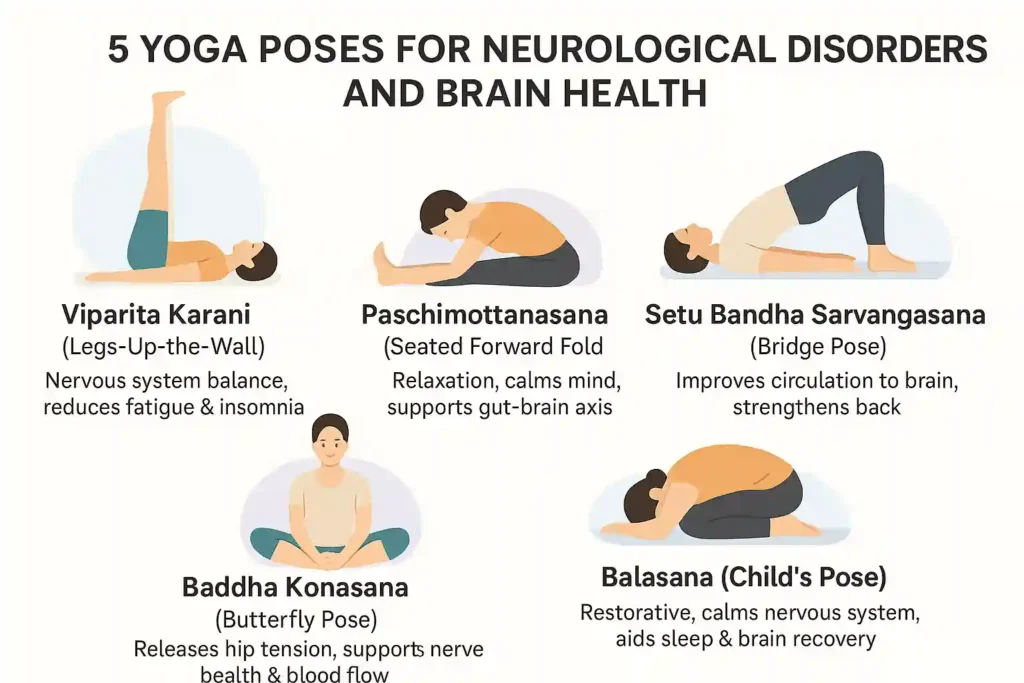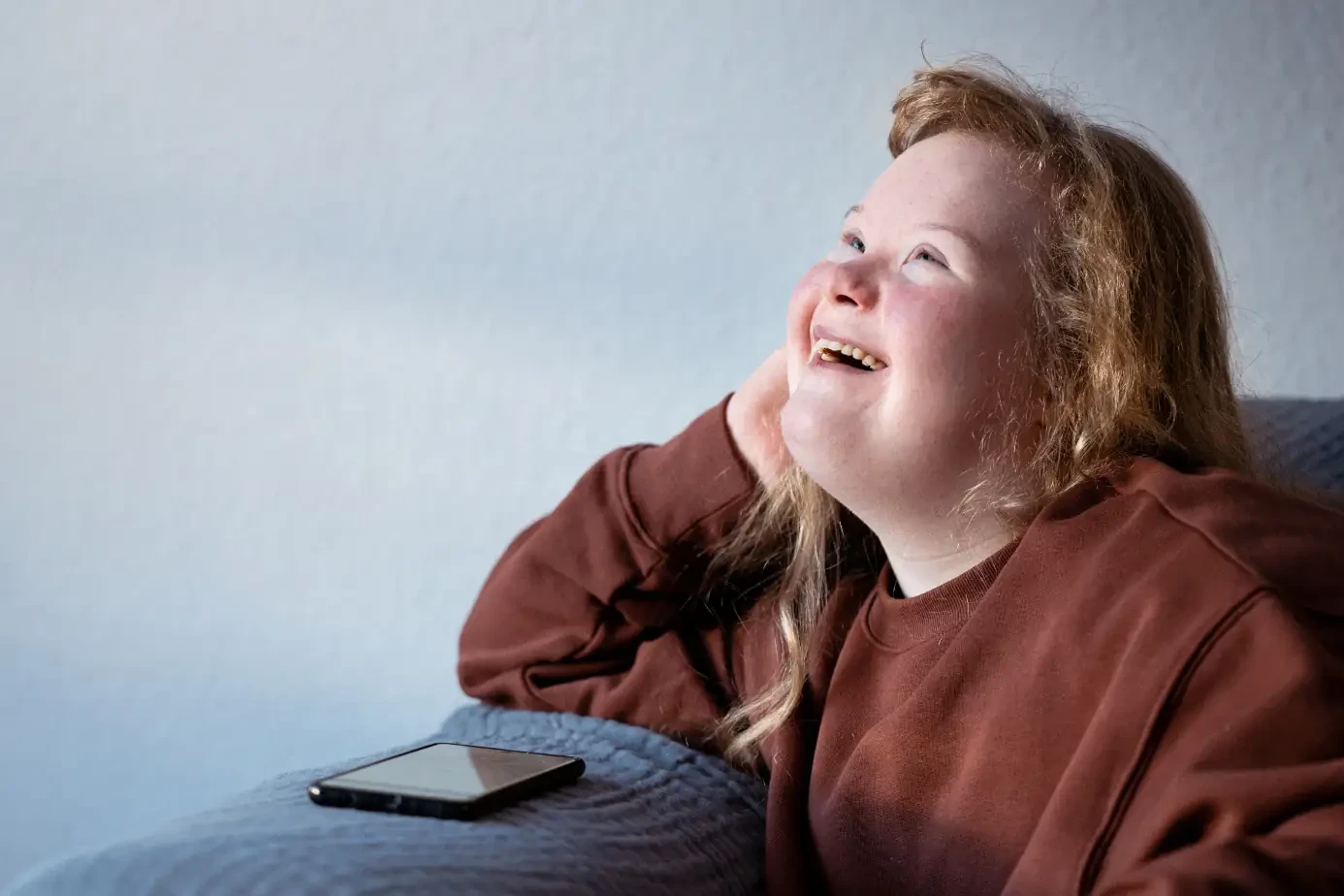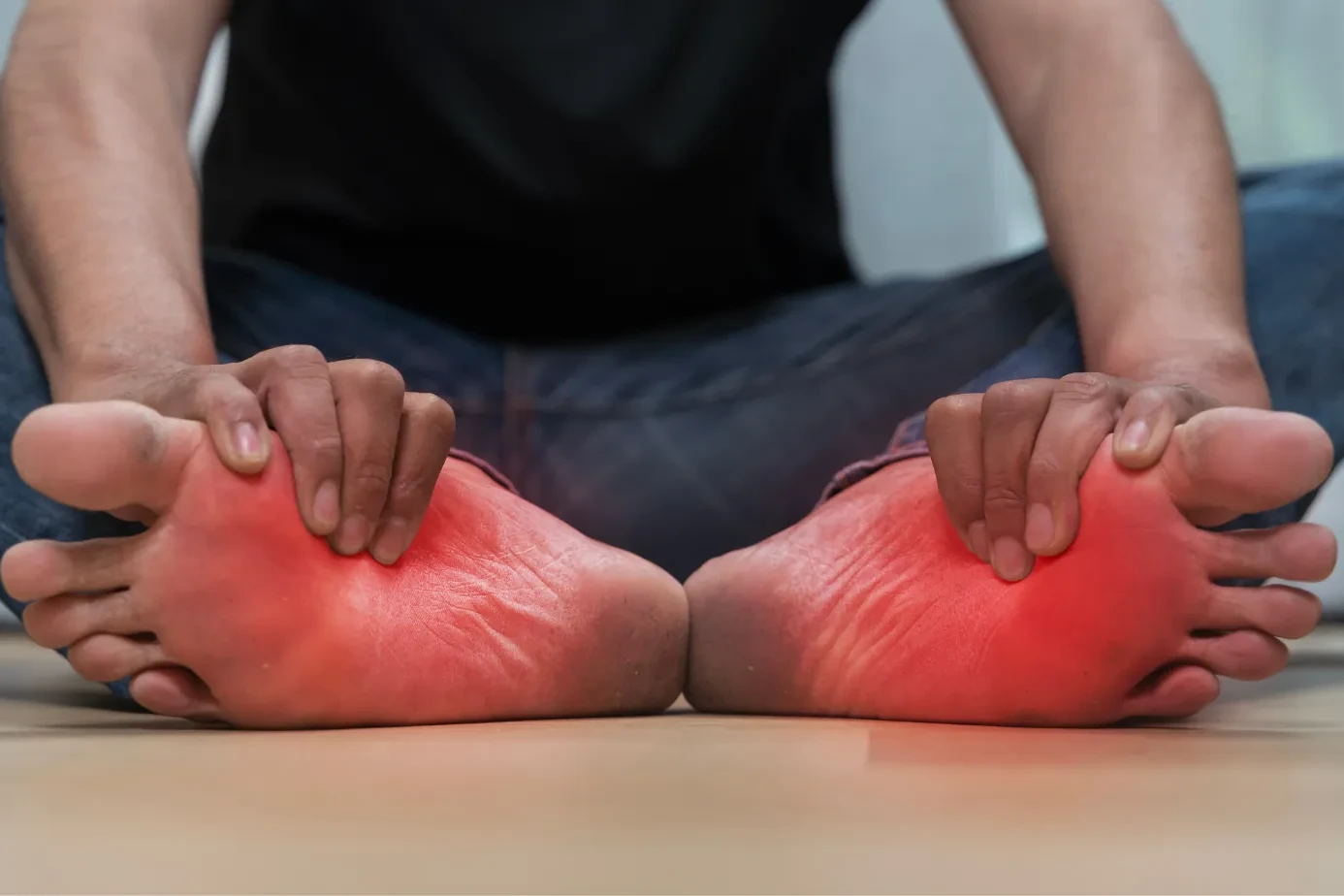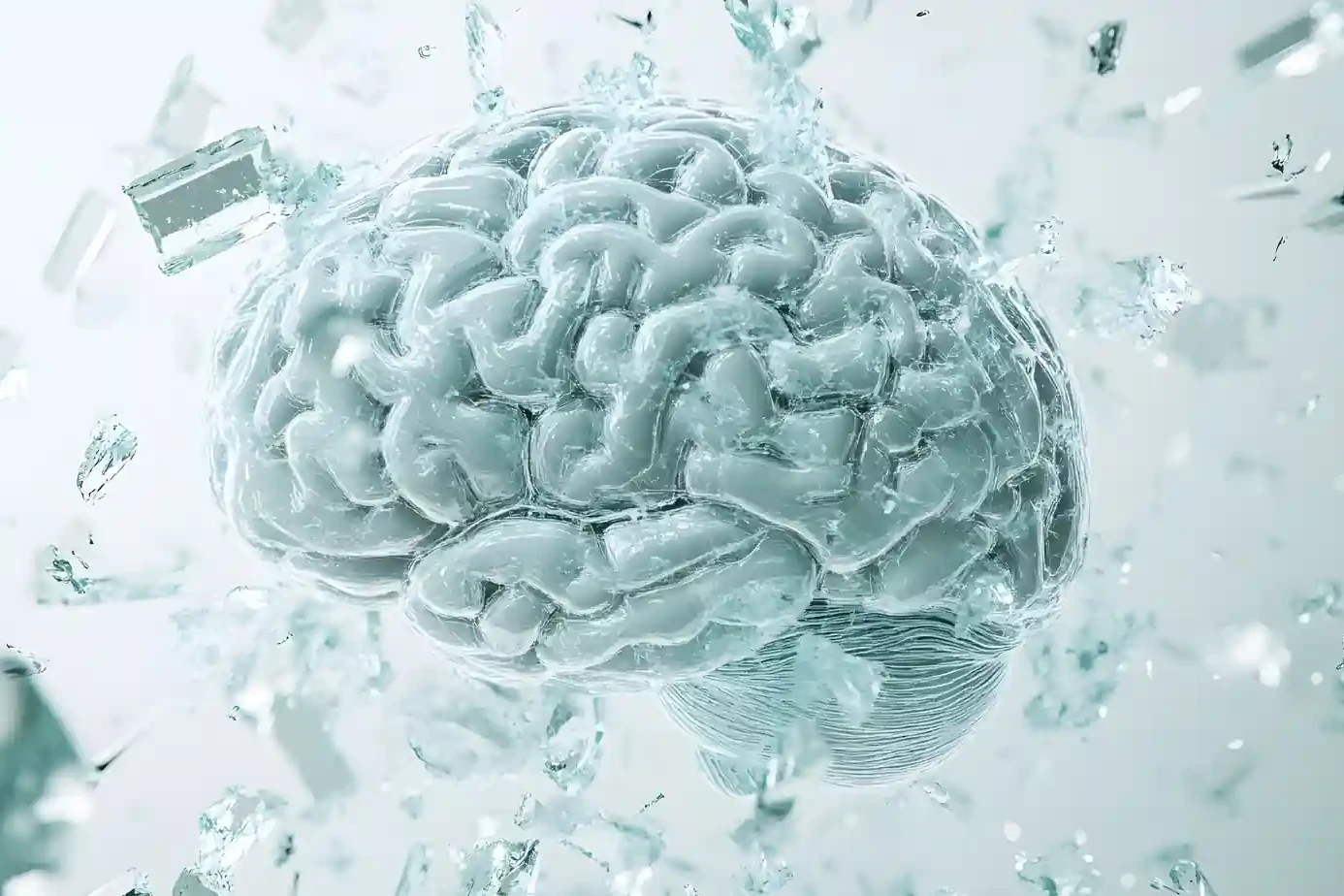Yoga poses for brain health are gaining attention worldwide because they provide natural ways to calm the nervous system and improve mental clarity. Neurological disorders such as Parkinson’s disease, multiple sclerosis, epilepsy, and stroke are conditions that disturb how the brain and nerves function.
These disorders may cause tremors, memory loss, fatigue, or difficulty in moving. While medicine remains the primary treatment, science now supports yoga as a safe addition to improve neurological well-being.
Unlike regular workouts that focus only on the body, yoga blends breathing, posture, and mindfulness. This directly benefits the brain because the nervous system controls how every muscle, organ, and thought functions.
With the right brain yoga exercises, the communication between the brain and body can become stronger, which helps reduce symptoms and improve quality of life.
Table of Contents
ToggleThe Benefits of Yoga for Neurological Health and Brain Yoga Exercises
The benefits of yoga for neurological health come from three main effects: improved blood circulation, reduced stress hormones, and stronger nerve signaling. The brain consumes about 20 percent of the body’s oxygen, and yoga helps deliver more oxygen through deep breathing.
When you hold postures, you increase blood flow to different regions of the nervous system. This supplies the brain with the necessary energy to operate more effectively.
Stress significantly contributes to the deterioration of neurological disorders. Chronic stress increases cortisol, which harms neurons.
Through mindful breathing, yoga activates the parasympathetic nervous system, the system responsible for rest and healing. This renders yoga beneficial for alleviating tremors, reducing nerve discomfort, and enhancing sleep quality.
For example, studies show that yoga for Parkinson’s disease improves balance and reduces stiffness. Patients with multiple sclerosis report less fatigue and better mobility after yoga practice. In rehabilitation centers, yoga for stroke recovery is often used to help patients regain coordination and improve confidence.
Simple brain yoga exercises such as alternate nostril breathing or holding a child’s pose stimulate both hemispheres of the brain. This helps with concentration, memory, and overall brain clarity.
Doctors recommend these exercises as complementary therapy because they are safe, non-invasive, and cost-free.
5 Yoga Poses for Neurological Disorders and Brain Health

Viparita Karani (Legs-Up-the-Wall) – Yoga for Nervous System Balance
Viparita Karani is a gentle inversion that reduces pressure from the lower body and directs blood flow back to the brain. Lying on your back with legs resting on a wall calms the nervous system.
This pose is often prescribed for people dealing with nerve-related fatigue or insomnia. It lowers heart rate and reduces overactive brain signals, making it one of the most effective yoga poses for neurological disorders.
A patient with migraine, for example, may find relief when practicing this pose for ten minutes daily. The calming effect reduces headache intensity by balancing nerve responses. It is also recommended for individuals with mild hypertension because it helps regulate nervous system signals without strain.
Paschimottanasana (Seated Forward Fold) – Brain Yoga Exercise for Relaxation
Paschimottanasana extends the spine, elongates the hamstrings, and soothes the mind. When the upper body folds forward, the nervous system receives a signal to relax and conserve energy.
This pose is particularly useful for people who suffer from anxiety, mood swings, or mental fatigue caused by neurological disorders. It is one of the most reliable brain yoga exercises for relaxation and recovery.
For example, a student experiencing stress from exams can practice this pose for five minutes to clear the mind. Similarly, a patient recovering from mild nerve damage may feel improved calmness and less irritability after regular practice.
The forward fold also stimulates digestion and supports better gut health, which is connected to the nervous system through the gut-brain axis.
Setu Bandha Sarvangasana (Bridge Pose) – Yoga Poses for Neurological Problems
Bridge pose strengthens the back and opens the chest. By lifting the hips, circulation toward the brain increases, which supports memory and concentration. This makes it one of the best yoga poses for neurological problems.
This posture improves spinal flexibility, which is vital for nerve health. People with sciatica or nerve compression often benefit because the gentle stretch reduces tension in the spinal cord.
A stroke survivor, for example, may struggle with weak leg muscles. Engaging in bridge pose on a daily basis can aid in regaining leg strength, enhancing posture, and increasing confidence.
Bridge pose also stimulates the thyroid gland, which regulates metabolism and energy levels, both important for neurological recovery.
Baddha Konasana (Butterfly Pose) – Yoga for Nervous System and Brain Health
Sitting in a butterfly pose with feet together and knees falling outward creates deep relaxation in the hip region. This posture is excellent yoga for nervous system recovery because it releases tension stored in the lower body.
Neurological disorders often increase stress in pelvic and spinal nerves. By practicing butterfly pose with slow breathing, nerve tension decreases and mental calmness improves.
For example, women experiencing neurological pain linked to hormonal changes often use this pose to feel relief. It is also helpful for office workers who sit long hours, as it reduces stiffness in the hip joints.
The butterfly pose also supports blood flow to the brain and activates nerve endings in the pelvic region, which connects to the spinal cord and improves overall balance.
Balasana (Child’s Pose) – Yoga Poses for Neurological Disorders and Healing
Child’s pose is among the most restorative postures. It involves folding the body forward and placing the forehead on the ground. This instantly signals safety to the brain and calms the nervous system.
It is commonly used in therapy for trauma patients, as the pose provides emotional security along with physical relaxation. As one of the most recommended yoga poses for brain health, it supports sleep and reduces nervous system overstimulation.
For example, a person with epilepsy may feel anxious about seizures. Practicing child’s pose with deep breathing reduces nervous anticipation and provides a sense of grounding.
The pose also stretches the lower back and improves spinal alignment, which helps the flow of cerebrospinal fluid around the brain and nerves.
The Bottom Line
Practicing yoga poses for brain health daily provides significant support for those living with neurological disorders. Although yoga is not a cure, it improves symptoms, enhances mobility, and helps the nervous system respond better to treatment.
Whether practiced as yoga for Parkinson’s disease, yoga for multiple sclerosis, or yoga for stroke recovery, these postures offer safe and effective ways to reduce stress and increase energy. Adding pranayama for brain health and meditation and yoga for nervous system regulation can further strengthen results.
The true value of yoga lies in consistency. Even fifteen minutes each day can bring noticeable improvements in clarity, relaxation, and overall well-being. With medical guidance and steady practice, yoga becomes an essential support for neurological care.
FAQs
Can yoga treat neurological disorders?
Yoga cannot cure neurological disorders, but it helps manage symptoms, improve mobility, reduce stress, and support brain function when combined with medical treatment and healthy lifestyle choices.
How to help neurological disorders?
Neurological disorders improve with regular medical treatment, safe yoga for nervous system exercises, stress management, proper sleep, and balanced nutrition that fuels the brain with vitamins and minerals.
Which yoga is best for the nervous system?
Gentle postures such as child’s pose, butterfly pose, and legs-up-the-wall are considered best. They calm the nerves, improve circulation, and promote brain relaxation without strain.
What is the best exercise for neurological disorders?
Yoga, light walking, and stretching are the best exercises. They improve flexibility, enhance blood flow, calm the nervous system, and help in restoring strength and brain clarity.
Can yoga repair nerve damage?
Yoga cannot fully repair nerves, but it enhances signaling, reduces pain, and strengthens the surrounding muscles and tissues to improve function in cases of partial nerve injury.
Can neurological conditions be reversed?
Most neurological conditions cannot be reversed, but symptoms can be managed and slowed down. Regular yoga practice supports better recovery and helps improve daily functioning and independence.
Can yoga reset your nervous system?
Yes, regular yoga activates the parasympathetic nervous system. This helps the body rest, repair, and reset brain signals, reducing stress and improving nervous system balance.
About The Author

This article is medically reviewed by Dr. Chandril Chugh, Board-Certified Neurologist, providing expert insights and reliable health information.
Dr. Chandril Chugh is a U.S.-trained neurologist with over a decade of experience. Known for his compassionate care, he specializes in treating neurological conditions such as migraines, epilepsy, and Parkinson’s disease. Dr. Chugh is highly regarded for his patient-centered approach and dedication to providing personalized care.
→ Book a consultation to discover which remedies suit your needs best.





